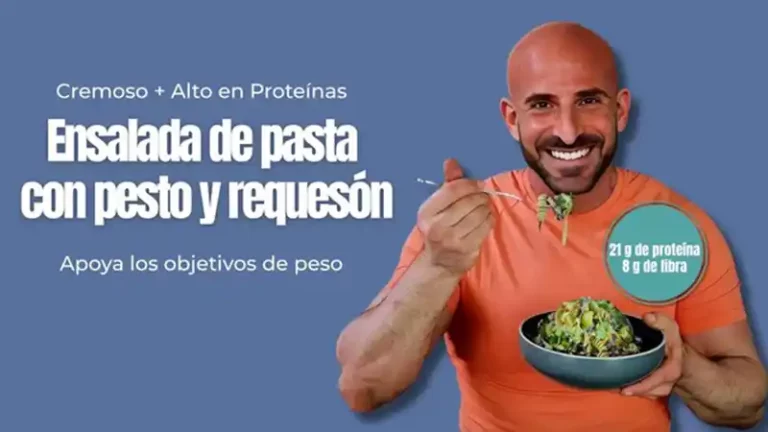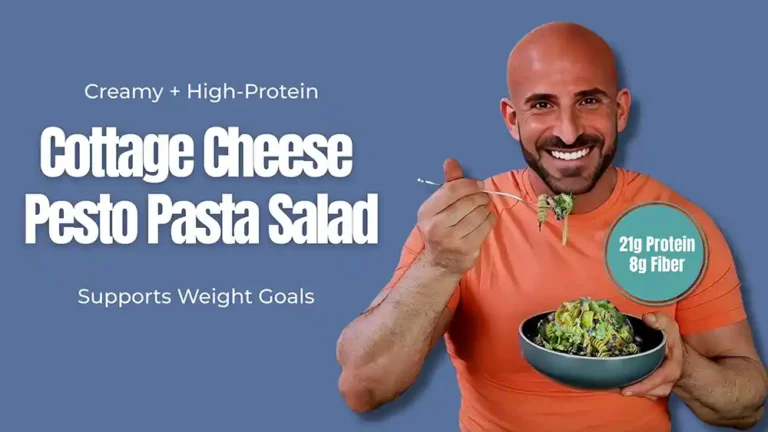There is a nutrient that only 5% of Americans are getting enough of. However, adequate intakes of this nutrient has so many benefits from reducing heart disease, preventing diabetes, improving your gut and digestive health and even controlling your appetite and weight. Any ideas on what this nutrient could be? That nutrient is fiber.
So what is fiber? Believe it or not, fiber is a carbohydrate. However, it acts differently in the body from other forms of carbohydrate because it cannot be broken down and absorbed. Some people believe that fiber is either just for people who have constipation issues or believe it is only for a certain age group and doesn’t apply to them. On the contrary, fiber is vital to our health in many different ways, but all fiber is not created equal. There are many different types of fiber, but for the purpose of this blog, we will explore the main three types: insoluble, soluble and prebiotic fibers. Each type has a different function within the body.
Insoluble Fiber
The first type of fiber is insoluble fiber. This fiber is responsible for “cleaning the pipes.” Because this fiber typically comes from tough, fibrous foods and is resistant to the water in your gut, it acts as a scrub brush for the intestines, cleaning out residues and partially digested food which keeps your intestines clean and healthy. As it does this, it speeds the transit time of food in your gut which keeps you regular, prevents constipation and ensures waste is eliminated efficiently. Getting enough of this fiber has also been connected with the prevention of colon cancer. Some sources of insoluble fiber are:
- Fruits and vegetables
- Popcorn
- Seeds
- Whole grains (bran, brown rice, etc.)
- Beans
- Lentils
Soluble Fiber
The second type of fiber is soluble fiber. This fiber attracts water in the gut and turns into a gel during digestion. This gel slows the digestion times of foods which prevents insulin spikes and, thereby, controls blood sugar. Furthermore, the passing of this fiber through the digestive system causes the release of more bile from the gallbladder. When soluble fiber binds to the cholesterol in this bile, it allows cholesterol to be passed through unabsorbed. The outcome of which results in lower blood cholesterol and reduction or prevention of heart disease. Some sources of insoluble fiber include:
- Oats
- Beans
- Soy
- Fruits, especially apples and applesauce
- Flaxseed
- Avocados
Prebiotic FIber
The third type of fiber is prebiotic fiber. It’s important to know that, although all prebiotics are fiber, not all fibers are prebiotic. To be classified as a prebiotic fiber, it must be fermentable by the gut bacteria and promote growth and activity of the good bacteria in your gut, otherwise known as probiotics. Probiotics need prebiotics as food to grow and multiply. Therefore, it is recommended to eat a combination of both probiotics and prebiotics for optimal gut health. Keeping your gut healthy is not only beneficial for the digestive system, but can help prevent many chronic diseases from metabolic syndrome to depression and even obesity. Prebiotic fibers can be found in the following foods among others:
- Leeks
- Onions
- Bananas
- Asparagus
- Oats
- Avocados
- Prunes
- Jicama
You may have noticed some overlap in foods between the three types of fiber. That’s because it is important to note that some of these foods may contain two or even all three of these types of fibers. For example, the outer, tough-to-chew peel of an apple is made up of insoluble fiber, but the inner, fleshy part of an apple is called pectin. Pectin not only acts as a soluble fiber, but can be a prebiotic fiber as well.
So, how much fiber do you need? Women need 21-25 grams and men need 30-38 grams per day from one or all sources listed above. I know you may be thinking, what about supplements? Supplements have their place, but remember, food comes first. Additionally, when you eat fiber from whole foods you are not only getting fiber, but also vitamins, minerals and antioxidants. So, remember to fiber up!





